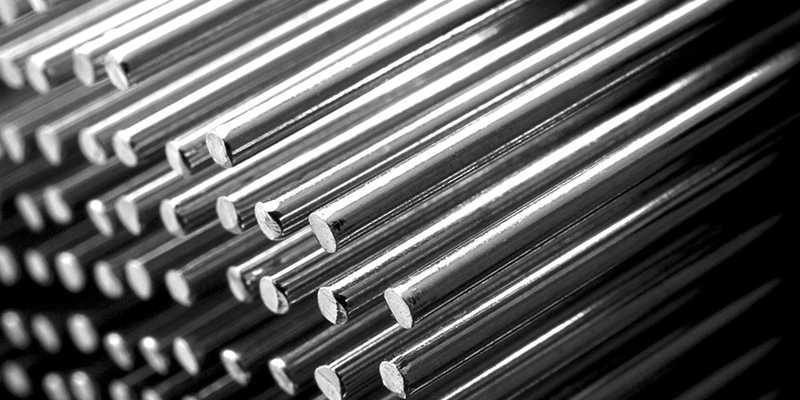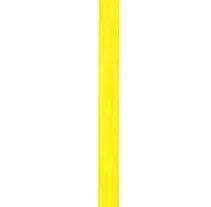If you’re looking for a high-quality tool steel that can withstand heavy-duty workloads, then W1 tool steel is the perfect choice for you. This versatile material comes with a range of benefits and features that make it ideal for use in many different applications. From its unique composition to its impressive durability, there are plenty of reasons why W1 tool steel is one of the most sought-after materials in the manufacturing industry.
In this comprehensive guide, we’ll take a closer look at everything you need to know about W1 tool steel. We’ll explore its properties, applications, and advantages, as well as some tips on how to work with this material effectively. Whether you’re an experienced engineer or just getting started in the field, this guide will provide you with all the information you need to make informed decisions about using W1 tool steel in your projects.
So let’s dive in and see what makes W1 tool steel such a valuable material!
What is W1 Tool Steel?
W1 tool steel is a carbon steel alloy that contains between 0.60% and 1.40% carbon by weight. It also includes small amounts of other elements such as manganese, silicon, and sulfur. This combination of elements gives W1 tool steel its unique properties, including excellent hardness, toughness, and wear resistance.
W1 tool steel is typically used in high-stress applications where other materials might fail due to their lower strength or toughness. Its high carbon content allows it to maintain its shape even under extreme pressure or heat conditions. This makes it an ideal choice for cutting tools, dies, punches, and other heavy-duty components.
Advantages of Using W1 Tool Steel
There are several advantages to using W1 tool steel over other materials. Here are just a few of the main benefits:
– High Hardness: With a Rockwell hardness of up to 64 HRC, W1 tool steel is one of the hardest materials available. This makes it ideal for use in cutting tools and other applications where a hard edge is required.
– Toughness: Despite its high hardness, W1 tool steel is also very tough. This means that it can withstand impacts and heavy loads without cracking or breaking.
– Wear Resistance: W1 tool steel is highly resistant to wear and abrasion. This is due to its high carbon content, which forms a hard surface layer that resists damage from friction and other types of wear.
– Machinability: W1 tool steel is relatively easy to machine compared to other high-carbon steels. This makes it an ideal choice for manufacturing complex components with tight tolerances.
Applications of W1 Tool Steel
W1 tool steel is used in a wide range of applications across many different industries. Here are just a few examples:
– Cutting Tools: W1 tool steel is often used to manufacture cutting tools such as knives, saw blades, and drill bits. Its high hardness and wear resistance make it ideal for these types of applications.
– Dies and Punches: W1 tool steel is also commonly used to manufacture dies and punches for stamping and forging operations. Its toughness and durability make it well-suited for these heavy-duty applications.
– Bearings: Due to its excellent wear resistance, W1 tool steel is sometimes used to manufacture bearings for industrial machinery.
– Springs: W1 tool steel’s combination of hardness and toughness makes it an ideal choice for manufacturing springs that need to withstand high stress loads.
Working with W1 Tool Steel
Working with W1 tool steel requires some special considerations due to its unique properties. Here are a few tips on how to work with this material effectively:
– Heat Treatment: W1 tool steel must be heat-treated properly in order to achieve the desired properties. This typically involves heating the steel to a specific temperature and then quenching it in oil or water to achieve the desired hardness.
– Machining: W1 tool steel can be machined using standard cutting tools, but care must be taken to avoid overheating the material. High-speed steel tools are recommended for best results.
– Welding: W1 tool steel can be welded using proper techniques, but it is generally not recommended due to its high carbon content. Welding can cause the material to become brittle and crack under stress.
Conclusion
W1 tool steel is a highly versatile material that offers a range of benefits and advantages over other materials. Its combination of hardness, toughness, and wear resistance make it ideal for use in many different applications across multiple industries. Whether you’re manufacturing cutting tools, dies, punches, bearings, or springs, W1 tool steel is an excellent choice that will provide you with reliable performance and long-lasting durability.
So if you’re looking for a high-quality tool steel that can handle even the toughest jobs, consider using W1 tool steel in your next project. With its unique properties and impressive performance characteristics, it’s sure to deliver the results you need!
References:
https://www.thoughtco.com/w1-tool-steel-2340008
https://www.hudsontoolsteel.com/technical-data/w-grade-tool-steel/w1/
https://www.midweststeelsupply.com/store/toolsteel/w1-flat-bar
https://www.metalmen.com/products/tool-steel-w1-drill-rod/
https://en.wikipedia.org/wiki/Water_hardening_steel




